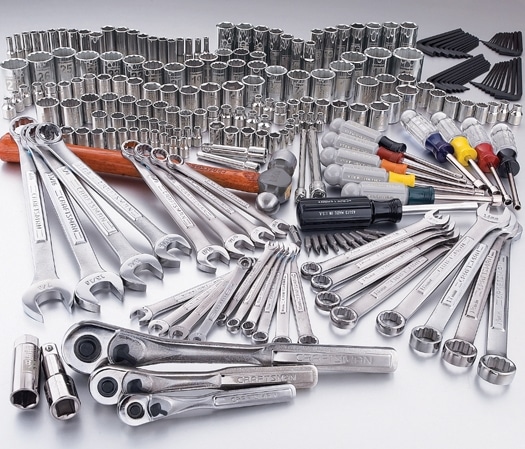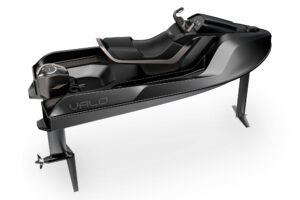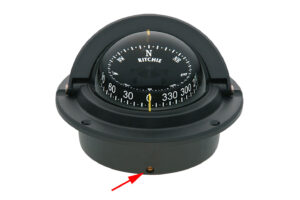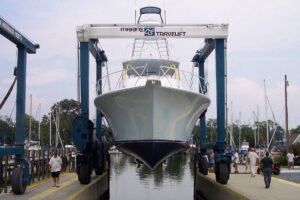
The problem was quite simple: The shaft of the hydraulic steering ram had come out of its socket on the rudder’s tiller arm. The solution would have been simple, too, had I not been wanting for a pair of needle-nose pliers and a large adjustable wrench. With those tools, we’d be back underway in 15 minutes-five if the boat hadn’t been wallowing in 6-foot seas. But with no tools aboard, our only solution was to limp back to the dock using the engines to steer. Weekend ruined.
The flipside of that situation is that it feels good to fix something with your hands. I find that the best diversion from an intellectual problem is to resolve a physical problem-one I can put my hands on and trace to its root. The concentration required to achieve a successful result is gratifying, often with a side dose of endorphins from physical effort.
Boaters without mechanical skills can rely on a hired crew member, a guest, or even a fellow boater across the dock or across the anchorage to help with repairs if given proper tools, but even an experienced mechanic is helpless without them. As a freelance captain I’ve worked with a variety of tools, and assembled quite a few tool kits. I’ve also put together my own portable, complete collection that has, to date, included everything necessary to make routine repairs.
Tools can add to either your satisfaction or your frustration. There is nothing wrong with an adjustable wrench for tightening a nut in the open, but combination wrenches, with an open-end wrench on one end and a box wrench on the other, are both easier and more pleasant to use. They fit into tighter places and grip nuts and bolts better. Their angled jaws allow a twelfth of a turn of a nut at a time. Combination wrenches also work well in pairs, for example, tightening a hydraulic steering line to its corresponding fitting by aligning the two wrenches into a shallow V, and then squeezing them together with one hand for increased leverage and precise control.
Keep in mind, cheap tools might break when needed most. Inexpensive multimeters for electrical troubleshooting require more skill to use than medium-priced units that include an auto-range feature and digital display. A 9-volt cordless drill might get by for odd jobs around the house, but lacks the power of 14- or 18-volt drills with sharp bits for drilling fiberglass or metal required for shipboard repairs. Spare batteries are also imperative.
Many of my hand tools are Craftsman brand, sold by Sears and backed by a nearly unrestricted lifetime warranty. They get the job done, but my Snap-on wrenches have a thinner profile that often fits where Craftsman wrenches won’t. Some mechanics prefer MAC, Matco, or other premium tool brands, but there are noticeable differences between these high-end brands that professionals use and the consumer tools from big-box stores. Longer designs offer more leverage. Tighter tolerances and stronger steel grip partially stripped nuts and bolts where consumer-grade wrenches don’t. Polished chrome resists corrosion. Pro tools also come in complete sets, whereas consumer tools often skip metric sizes, 20 and 22 millimeters for example, which are uncommon in North America but needed from time to time on foreign-built boats. Craftsman offers a line of wrenches that include many of these features at an intermediate price.
Owners who work on their own boats have the opportunity to stock their workshop, buying tools as needed when they do repairs dockside or on the hard. And while space, weight, and cost are considerations, those tools that can do more than one job are good investments. But any do-it-yourselfer will tell you, there’s no substitute for having the right tool when you need it.
Craftsman craftsman.com, Mac Tools mactools.com, Matco Tools matcotools.com, Snap-on Tools, snapon.com









